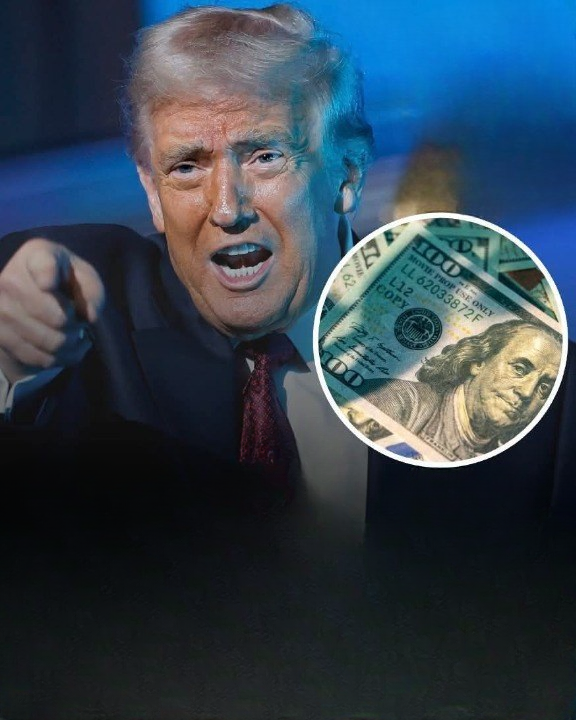
In November 2025, former President Donald Trump ignited fresh debate by outlining a bold idea he called a “National Dividend.” In a post on Truth Social, he proposed giving most American citizens a $2,000 payment funded entirely by sharply increased tariffs on imported goods. The announcement spread quickly across social media and news outlets, drawing interest from supporters, critics, and economic analysts.
Trump framed the plan as a way for Americans to receive a share of the nation’s economic gains, comparing citizenship to holding stock in a national company. Tariffs, in his view, would act as revenue generators rather than simply tools to protect U.S. industries. He argued that this income could then be redistributed to the public in the form of direct payments.
However, economists note that funding such a large-scale program through tariffs alone would require unprecedented revenue levels. Many warn that significantly higher tariffs could raise consumer prices or trigger retaliatory measures from trading partners. Questions also remain about implementation, eligibility, and how “high-income” exclusions would be defined.
While still only a proposal, the idea has sparked a wider discussion about trade, government revenue, and how national prosperity should be shared.